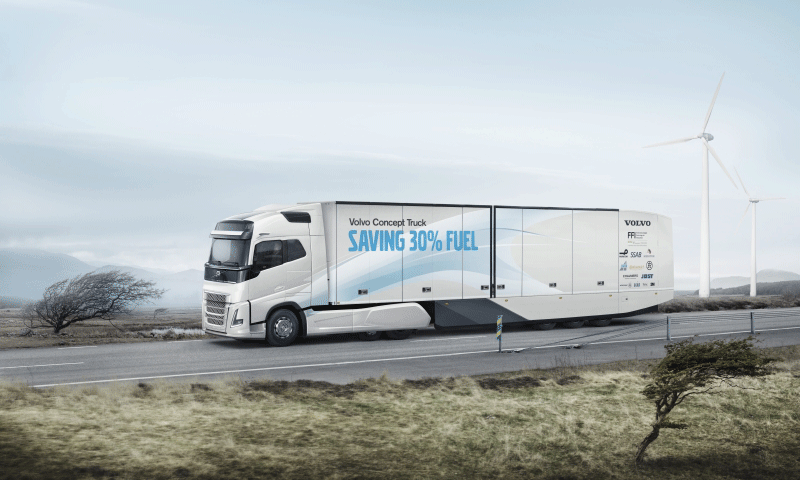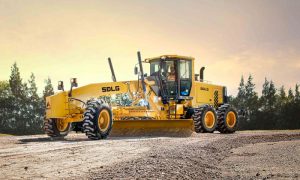New Volvo concept truck ‘uses 30% less fuel’
Swedish major achieves results by lowering weight and improving aerodynamics

Volvo Trucks has developed a new concept vehicle that it says cuts fuel consumption by more than 30%.
The truck uses aerodynamic design and lower kerb weight to achieve the drastic reduction in fuel consumption and shows how it is possible to boost efficiency in long-haul operations, the Swedish truck giant said in a press announcement.
The Volvo Concept Truck is the result of a five-year research project aimed at creating more energy-efficient vehicles with support from the Swedish Energy Agency, Volvo said.
“We continuously work on developing more energy-efficient vehicles. This is a high-priority area both out of environmental concern and in order to reduce our customers’ costs. Our concept truck showcases the immense power of on-going technical advances,” said Claes Nilsson, president and CEO, Volvo Trucks.
A key factor behind the low fuel consumption of the concept truck is the massive 40% improvement in aerodynamic efficiency of both tractor and trailer.
“We’ve modified the entire rig and optimised it for improved aerodynamics as much as possible. For instance, we use cameras instead of rear-view mirrors. This cuts air resistance, so less energy is needed to propel the truck,” explained Ake Othzen, chief project manager at Volvo Trucks.
In addition to the aerodynamic improvements, the concept truck is fitted with newly developed tyres with lower rolling resistance. The trailer weighs 2t less than the reference trailer, which translates into either lower fuel consumption or the possibility of higher payload. The vehicle also includes an improved driveline. The rig was test driven on Swedish roads last autumn.
Work on the concept truck has been in progress since 2011, Volvo said, with the aim of improving the efficiency for long-haul truck transportation by 50%. Since the concept vehicle is part of a research project it will not be available on the market. However, Volvo said some of its aerodynamic features have already been implemented on the manufacturer’s series-produced vehicles, and more of its solutions may be fitted in the future.

























